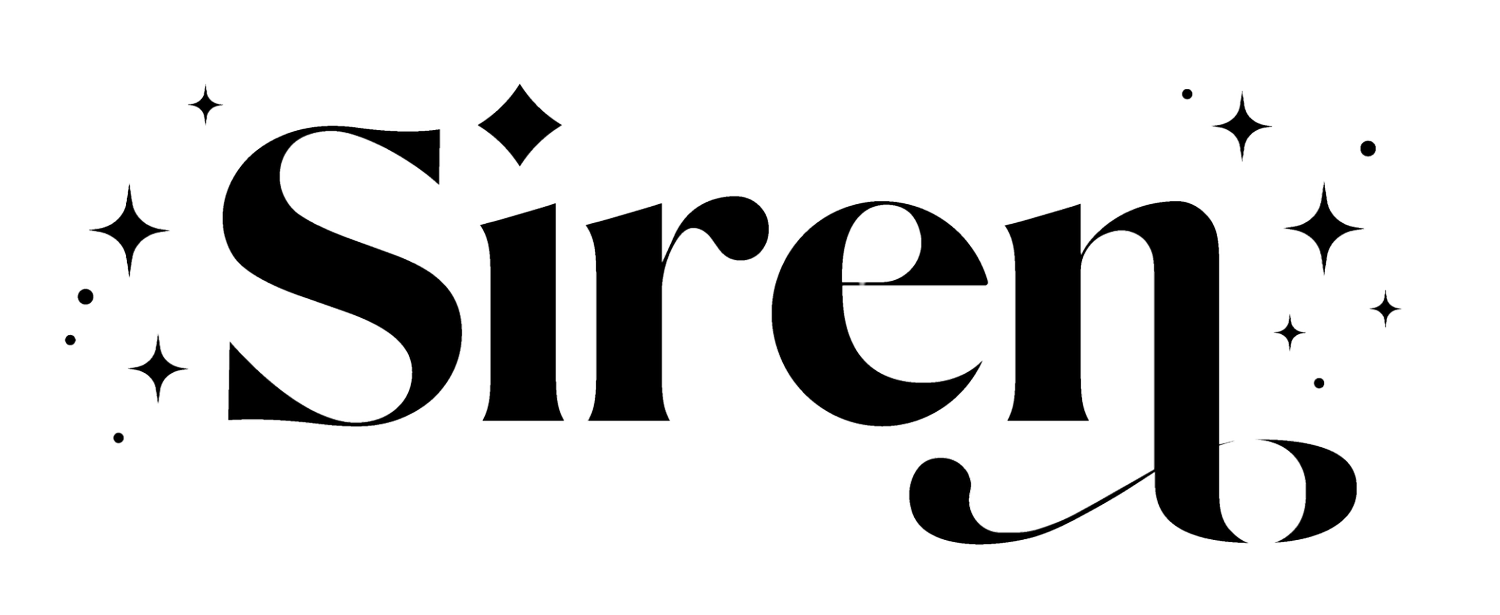Dry Shampoo: Is This Popular Product Ruining Your Hair?
We understand the convenience of dry shampoo, but did you know it could be causing hidden damage to your hair? Today, we’re shedding light on the potential downsides of this popular product.
Could you be making this critical mistake?
Overuse of Dry Shampoo: A Sneaky Hair Saboteur!
While dry shampoo can be a lifesaver on busy days, overusing it can lead to scalp buildup, clogged follicles, and even hair loss. Dry shampoo should be a temporary solution, not a replacement for regular washing.
Expert Tips for Using Dry Shampoo Safely:
1. Use Sparingly Limit dry shampoo use to once or twice a week. Over-reliance can lead to product buildup, which can suffocate your scalp and damage your hair.
2. Apply Correctly Hold the can at least six inches away from your scalp and spray lightly. Focus on the roots and avoid the ends to prevent drying out your hair.
3. Cleanse Regularly Ensure you’re washing your hair regularly to remove product buildup.
4. Balance with Hydration Balance dry shampoo use with hydrating products to maintain your hair's moisture levels.
5. Avoid Prolonged Use Dry shampoo is great for occasional use, but it’s essential to wash your hair with water-based shampoos to keep your scalp and hair healthy.
Deepen Your Dive: Dry Shampoo Do's and Don'ts
The Science Behind Buildup:
Dry shampoo typically contains starches or absorbent powders that soak up excess oil. While convenient, these can leave a residue if not removed properly. A healthy scalp has natural oils that protect and nourish hair. Overuse of dry shampoo disrupts this balance, leading to dryness and irritation.
Understanding Dry Shampoo Ingredients:
Here's a breakdown of some common dry shampoo ingredients and potential concerns:
Fragrances: While they add a nice scent, some can irritate sensitive scalps.
Alcohol: Some dry shampoos use alcohol for drying purposes. Excessive use can be drying to hair.
Talc: Though less common now, some dry shampoos contain talc, which has been linked to respiratory issues (refer to reliable sources for this information). Look for talc-free options.
Alternatives and Solutions:
Hair cleansing wipes: Can be a refreshing option between washes.
Hairstyles: Braids, buns, or headbands can hide oiliness.
Clarifying shampoos: Use once a month to remove buildup.
Dry Shampoo for Specific Hair Types:
Fine Hair: Apply sparingly and focus on roots for volume.
Thick Hair: May require more product, but sectioning hair helps ensure even application.
Curly Hair: Opt for a dry shampoo formulated for curls to avoid frizz.
Dry shampoo is a handy tool, but it's best used sparingly. Develop a healthy hair care routine that balances convenience with scalp and hair health.
